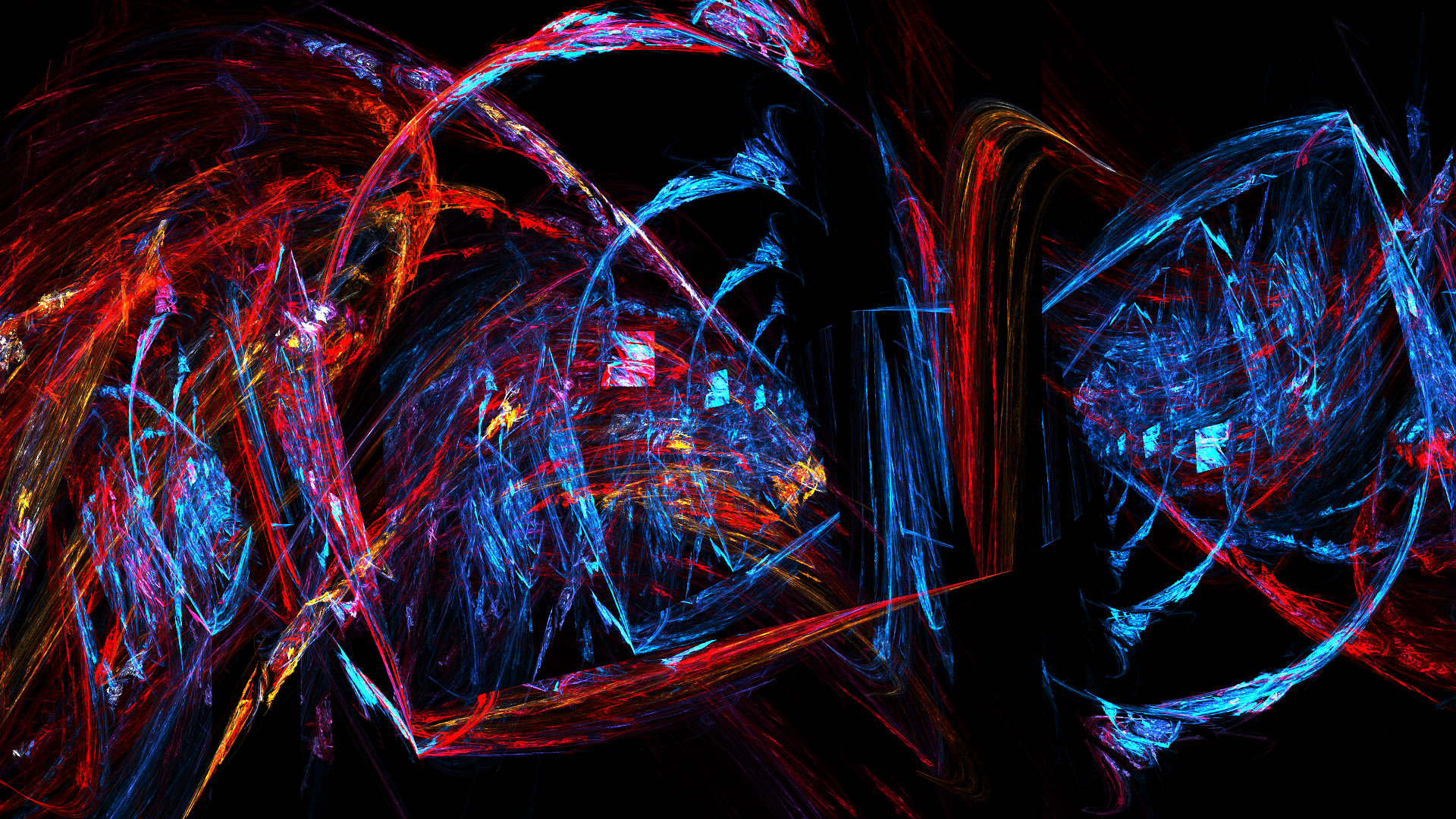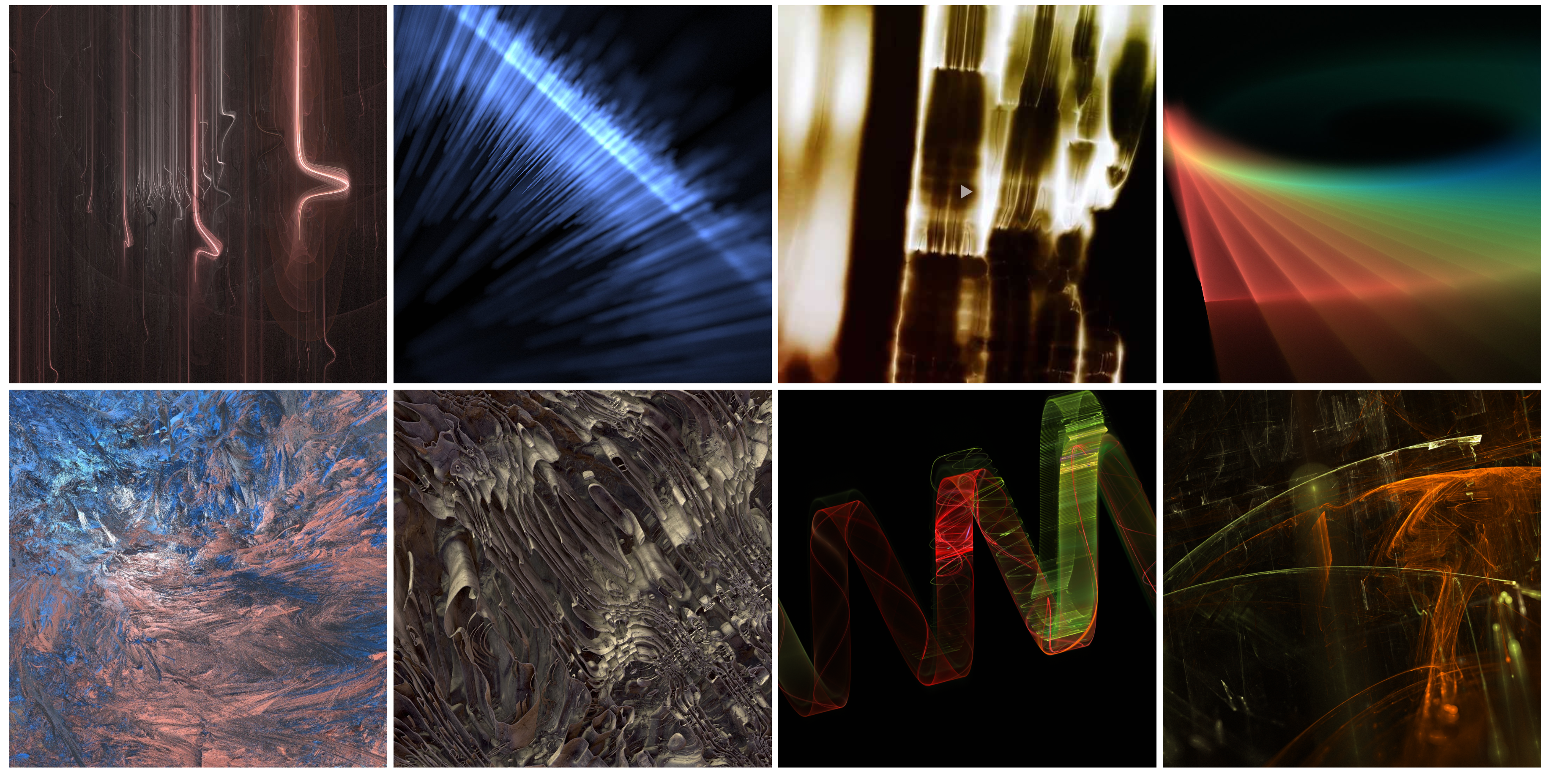Limits of Neurosciences: Creativity in Art and Science

Does Creativity Defy Mechanistic View of Biology?
Creativity is an elusive and complex phenomenon that—at least—defies easy definition. Attempts to measure it through neural models may miss the mark, as creativity is heavily influenced by contextual and cultural factors. Even within a single culture, the perception of a work of art or scientific discovery can change over time, leading to shifting definitions of creativity. Neuroaesthetics, the study of the neural underpinnings of art, has also been criticized for over-simplifying the complex factors that contribute to our appreciation of art.
The study of the brain and its functions has made significant progress in recent years. However, the question remains: can the study of the brain explain creativity in art and science? Is it even unique to humans?
Research in neurosciences has shown that creativity involves the interplay between different brain regions, including the prefrontal cortex, the amygdala, and the hippocampus. However, this research has also shown that the creative process is not limited to these regions and that creativity involves a complex interplay of brain regions that are unique to each individual. Moreover, studies have shown that factors such as motivation, environment, and social context can play a significant role in the creative process, which cannot be fully explained by neurosciences alone.
Humans Create Art and Art Creates Human
In art, creativity involves a combination of technical skill and imagination. The ability to create something new and unique requires the ability to think outside the box and break free from conventional thinking. In science, creativity involves the ability to come up with new ideas and solve complex problems. The limits of neurosciences are evident when it comes to understanding the creative process, which involves a combination of cognitive, emotional, and environmental factors that are unique to each individual.
Despite the limitations of neuroscience, it remains a crucial field for understanding the human brain and its functions. However, it is important to recognize the complexity and nuance of creativity in art and science and to approach it with a more holistic understanding of the factors that influence it. By acknowledging the limits of neuroscience, we can more accurately appreciate and celebrate the power of creativity in shaping our world.
The study of neuroscience has been gaining traction in recent years, and with it comes the question of whether it can provide the final answer when it comes to understanding creativity in art and science. While neuroscience can certainly shed light on the biological mechanisms underlying creativity and intelligence, it is not the be-all and end-all of the subject. The issue lies in the complexity of creativity and its various forms, which cannot be reduced to a set of deterministic neural connections.
Moreover, the clash between psychology, culture and entropy further limits the scope of neuroscience in understanding creativity.
The physical interpretation of psychology and neuroscience overlooks the influence of culture and environment on the creative process, and how it shapes an individual's unique way of thinking and creating. Entropy, as a measure of randomness and disorder, also plays a role in creativity, as it allows for new ideas and connections to be formed in a non-deterministic manner.
Inner Vision Beats the Machine?
The inner vision of the artist plays a significant role in the creative process, and it cannot be fully captured and quantized through the limited lens of neuroscience. Art is a form of sculpting the inner vision, and it is influenced by both internal and external factors, such as the creator's intention, cultural background, and emotional form.
Perception and context also play a crucial role in how art is interpreted, much like the wave interference analogy in physics. While neuroscience can offer valuable insights into creativity, it cannot provide the final answer, as creativity is a multi-faceted and dynamic phenomenon that goes beyond the epistemological limitations of science.

